Published Jun 8, 2023
The 10 Best Marine and Aquatic Species in the Star Trek Universe
Take a deep dive into the ocean life of Star Trek.
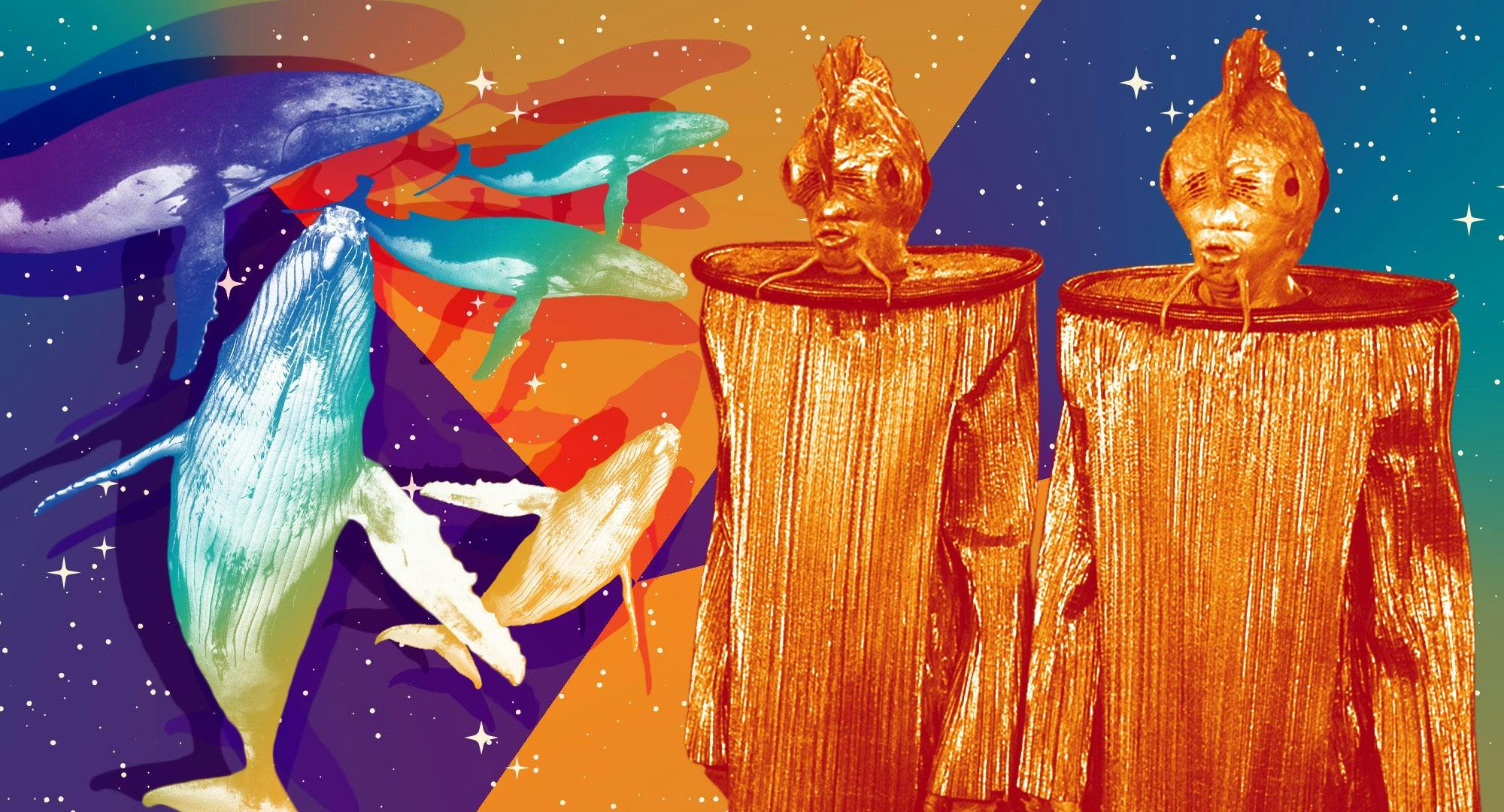
Getty Images / StarTrek.com
In Star Trek: Lower Decks' "Much Ado About Boimler," some of our heroes helped the residents of a bog planet — “the worst kind of planet” — to fix a water filtration pump. Though the Khwopans are only briefly featured, we can see that they are clearly inspired by a real world animal — the axolotl.
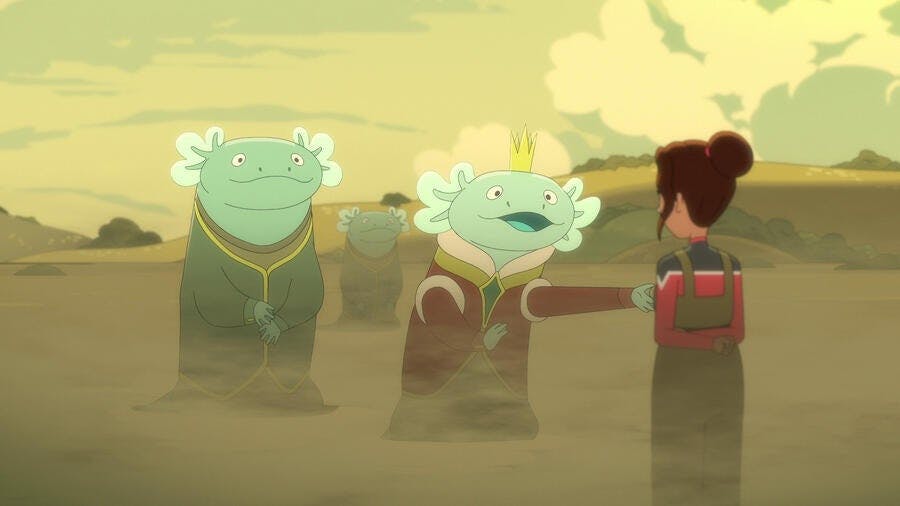
StarTrek.com
10. The Antedeans
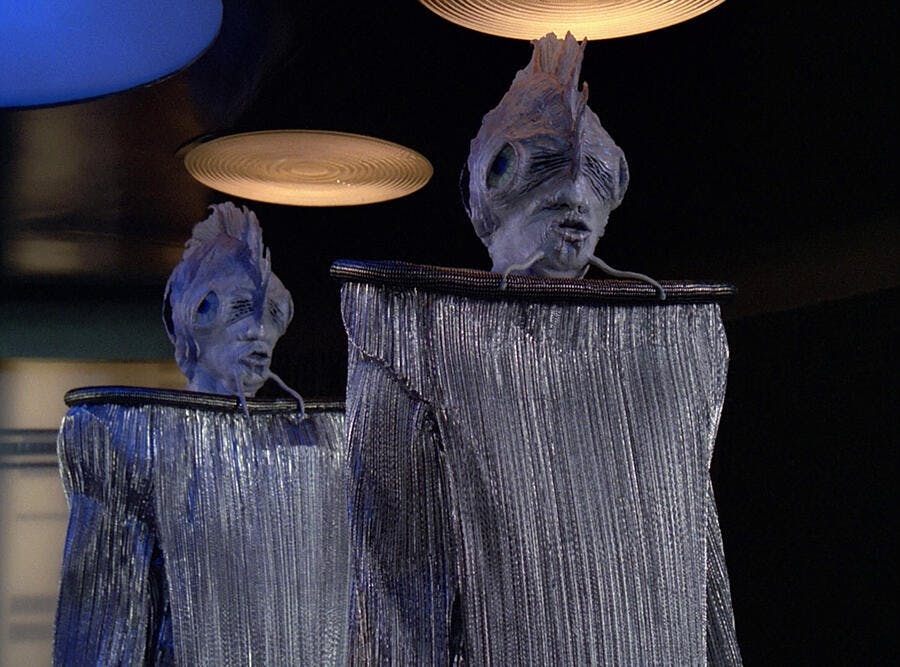
StarTrek.com
As seen in Star Trek: The Next Generation’s “Manhunt,” these sentients are basically the answer to the question, “What would happen if an otherwise normal bipedal humanoid had a fish head instead of a mammal head?”
The Star Trek universe contains some of the most imaginative science fiction out there, but also contains the notorious Alfa 177 canine. On a scale from a dog with a horn glued to its head to the crystalline entity, Antedeans are… solidly at the bottom of my list of the best marine and aquatic species in the Star Trek universe.
9. “The Fish”
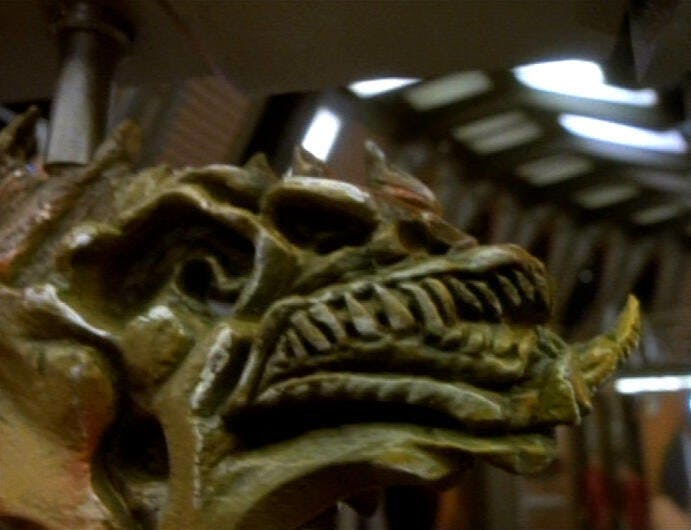
StarTrek.com
There is a large Cardassian fish on the wall outside a restaurant on the promenade of Deep Space 9. It looks awesome! I want to know more about it! Yet remarkably in 176 episodes and nearly 100 novels, we never learn the backstory of this incredible animal, which is referred to in The Making of Deep Space Nine as just “the fish.” I’m ranking it low for now with the option to move up once we learn more about it.
8. Livingston
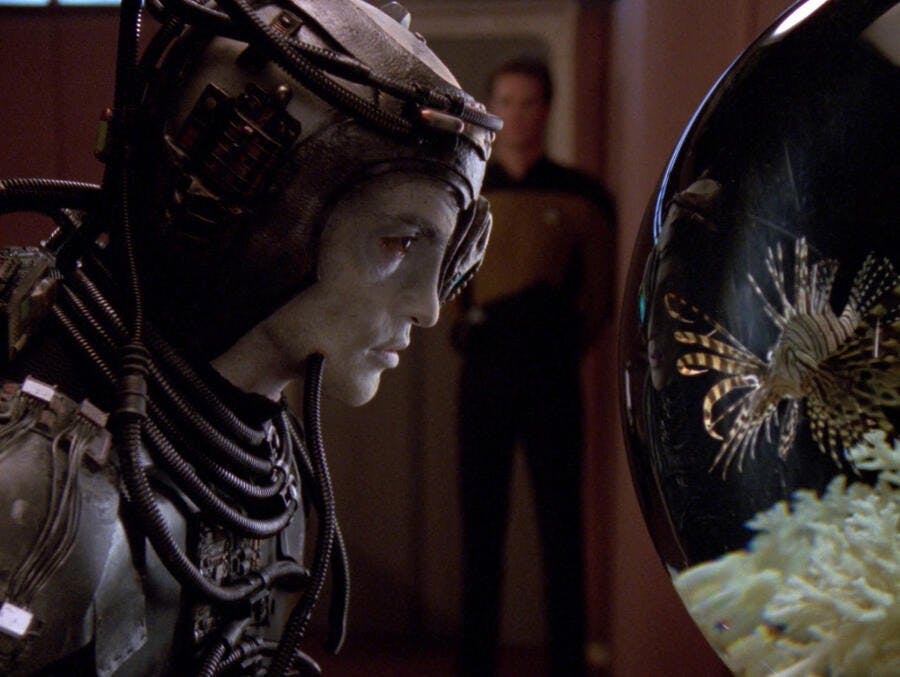
StarTrek.com
Livingston is, of course, Captain Picard’s pet lionfish. These real-world animals are the source of major ecological disruptions, but are undeniably beautiful and kinda alien-looking. You don’t need to glue on a horn to make a real-world animal look bizarre if you use the right real-world animal!
Related to this, it’s completely realistic to imagine that a 24th Century marine biologist would have no interest in ever going offworld because there are still species to discover on the Great Barrier Reef and in the depths of Earth’s oceans. Call me, Hollywood!
7. The Squales of Planet Droplet
As seen in the Star Trek: Titan novel Over A Torrent Sea, the squales, or “squid-whales,” are a species of pre-warp but intelligent ocean creatures that resemble marine mammals with tentacles. The entire worldwide population can communicate with each other through echolocation, or what the novel calls “the deep sound channel forum,” a clear reference to the real-world “deep scattering layer” that allows marine mammals to communicate across vast distances in the ocean. Since these aliens live underwater, they can’t use fire, or, you know, hands, which somewhat limits the evolution of Earth-style technology, but the squales had impressive biotechnology (including non-warp spaceflight), and a complex society.
6. Regular whales and SPACE WHALES!
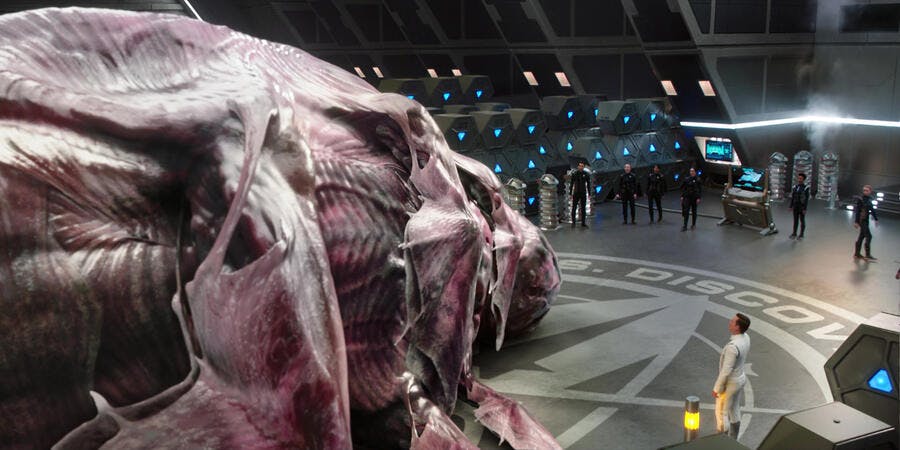
StarTrek.com
Humpback whales, of course, play a key role in Star Trek: The Voyage Home, but the Star Trek universe is also rich with references to SPACE WHALES!
The Gormagander gets Harry Mudd aboard Star Trek: Discovery in “Magic To Make The Sanest Man Go Mad;” Captain Pike recounts a battle with warp-capable space whales in the novel Where Sea Meets Sky, and the probe from The Voyage Home attacks a Romulan world in the process of killing its native whales in its titular novel, Probe. Sure, not all of these animals technically live in water, but SPACE WHALES!
5. The Selkies of Pacifica

StarTrek.com
Though the beautiful ocean world of Pacifica is frequently mentioned in the shows (that’s where those accursed Antedeans were going), we only meet the sentient natives, known as the Selkies, in the novels (especially the Titan novels).
As children and young adults, they’re amphibious, but as they age, they lose their lungs, become fully aquatic, and can only visit the surface when wearing a special suit. There are also some interesting cultural taboos associated with this transition discussed in a lot of detail the books that we won’t get into here because this is a family-friendly website, but… let’s just say that Commander Riker had an interesting social life before he settled down with Deanna Troi. I hope that with so much new Star Trek being created, we finally get to see the Pacifican underwater city of hi’Ley’ia on-screen!
4. The Alonis
Like the Selkies, these entirely-underwater sentients have live-in environmental suits to move through the rest of the known universe. Unlike the Selkies and our #1 entry on this list, the Alonis don’t have opposable thumbs, but have the psychic ability to telekinetically manipulate water to perform complex tasks for them. We’ve never seen the Alonis in the shows, but they’re common in the novels and eventually join the Federation.
3. The Yrythny
As seen in the Star Trek: Deep Space Nine - Mission Gamma books, the Yrythny are an aquatic species that lives in the Gamma Quadrant. They lay their eggs and spend time at sea before returning to land. The hatchlings that return to the area where they were born are considered to be smarter and more capable, and play a leadership role in society.
Meanwhile, those who get lost are called “Wanderers” and basically serve as indentured servants in service of the “Houseborn,” who correctly found their way home. This was one of the best examples I’ve ever seen of incorporating real-world life history strategies into science fiction and imagining what it might mean for an advanced culture in the novels. Science learned from the Yrythny plays a key role in resolving a series-long conflict over multiple books concerning Andorian biology. Not every species on Earth has internal fertilization nor are raised by parents, and it’s cool to see different biological strategies and their impacts on culture explored in Star Trek societies.
2. Chelarian (aka Chelon/Rigellian)
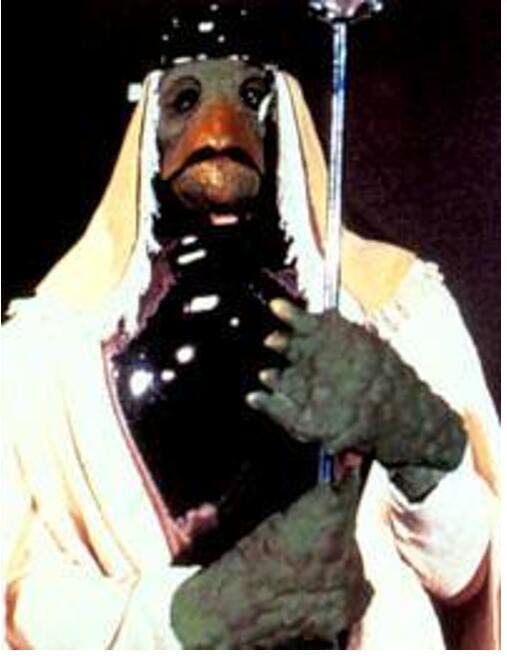
StarTrek.com
These sentients are basically upright turtles (real-world sea turtles are in the family Cheloniidae), but unlike the “just glue a fish head on a human body” Antedeans, some aspects of the turtle-ness shine through in their behavior. They have shells and are fairly slow moving on land, but are quicker in the water, for example. But as we learn in the Vanguard novels, their shell also means that they can’t sit and have to instead kneel around a conference table. They also are capable of creating a powerful biotoxin (which, while many real-world reptiles can, turtles can not), and reproduce by laying eggs.
1. The Xindi-Aquatics
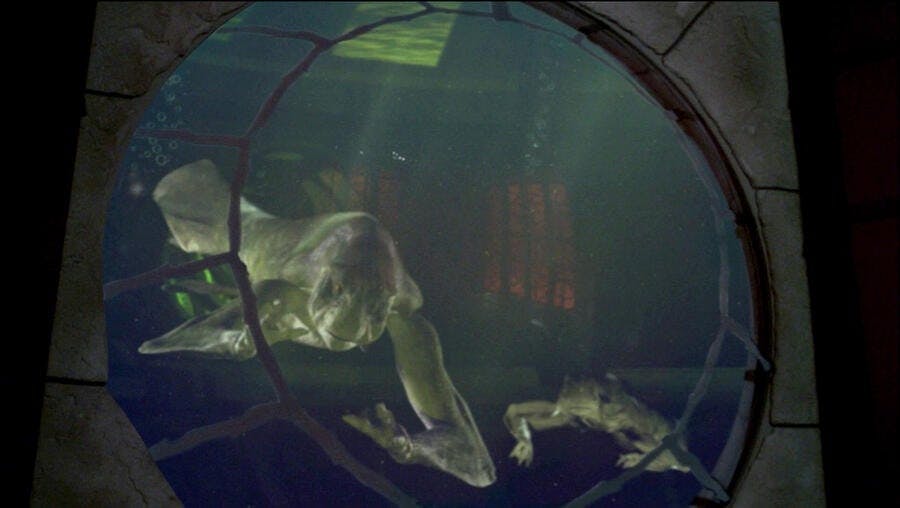
StarTrek.com
The whole Xindi plotline gets a lot of criticism from some fans, but I love the idea that multiple intelligent species can evolve on the same planet from different evolutionary lineages and have distinct cultural traits. And the Aquatics were definitely the best of the Xindi! According to the novels, they were the first of the Xindi to achieve intelligence, and were more peaceful, thoughtful, and deliberate than the others, with a language that sounds an awful lot like whalesong. These aliens definitely deserve a spot at #1 on this list!
Honorable mention: M.A.C.O.

StarTrek.com
I wish Star Trek featured more sharks. We do learn about the existence of Altarian dogfish in the context of a “baked Altairian dogfish sandwich,” and Worf’s promotion ceremony on the Holodeck in Star Trek Generations, which includes a plank-walking scene that also references feeding him to the sharks. Other than that, there’s not much — despite “Tiburon” being Spanish for shark, the Tiburonians aren’t shark-like at all! But sharks clearly exist in the Star Trek universe, as seen in the Military Assault Command Operations unit patch on Star Trek: Enterprise.
Earth Day | Star Trek Cares for the Environment
This article was originally published on October 20, 2020.




